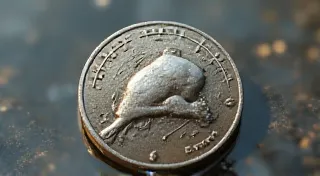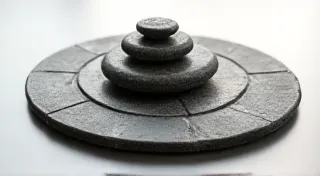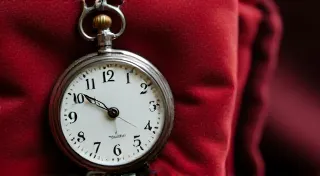The Geometry of Resonance: Matching Tubes for Optimal Radio Sound
There's a quiet dignity in holding a vintage radio, a tangible link to a time when craftsmanship was paramount and every component held a significance far beyond its simple function. More than just receiving signals, these radios were instruments of entertainment, community hubs, and beautiful objects in their own right. Restoring one isn’t merely fixing circuits; it's rekindling a spirit, a promise of warmth and connection. And at the heart of that experience, often overlooked yet vitally important, lies the humble vacuum tube – and the meticulous art of matching them.
The Echo of an Era: Vacuum Tubes and Human Touch
Imagine a world before transistors, before digital audio. Music travelled through the air, captured by a delicate antenna, and shaped by a cascade of vacuum tubes. Each tube, a glass-encased marvel of engineering, amplified the signal, adding a unique flavor – a subtle warmth, a characteristic distortion – that contributed to the radio’s distinctive sonic signature. They weren’t just standardized parts; they were products of a skilled hand, carefully manufactured and, in many cases, uniquely prone to variation. The tolerances were wider then; the manufacturing process more artisanal. You could feel the difference.
I remember the first time I truly appreciated this. I was attempting to restore a 1948 Philco Predicta, a stunning piece of mid-century design. I’d replaced all the obvious culprits – capacitors, resistors, corroded contacts. The radio *worked* – it received signals. But the audio… it was brittle, lifeless. Something was missing. The magic wasn’t there. I’m not an audiophile by trade, but I know the difference between a radio that sings and one that merely transmits.
That’s when I started researching tube matching. It's a practice often skimmed over in the rush to get a radio back online, treated as an optional step. I was soon to discover that it was the key to unlocking the radio’s true potential – revealing the depth and richness that the designers intended.
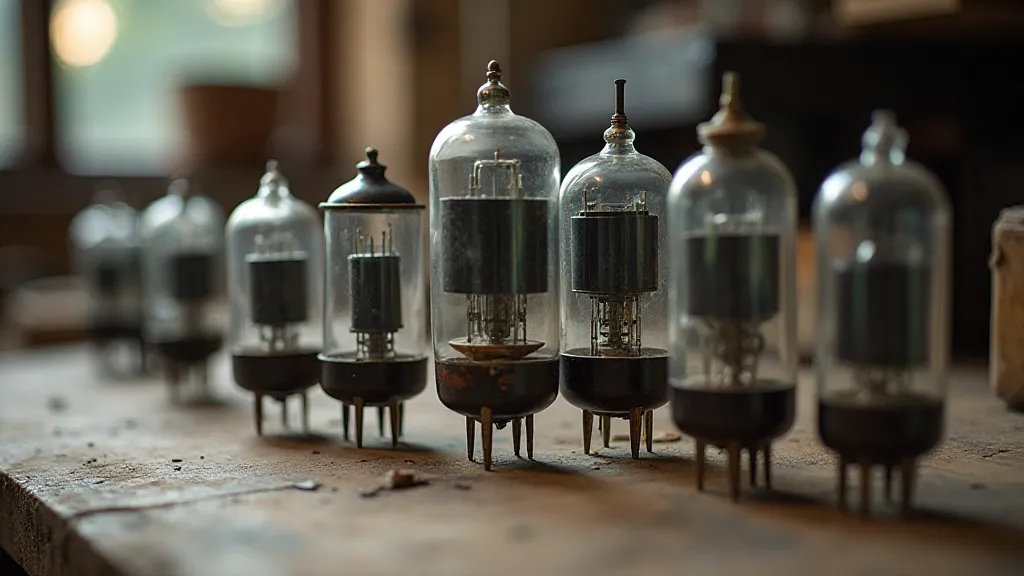
Understanding Tube Variations: More Than Just a Model Number
The model number – the 6SN7, the 12AX7, the EL83 – it tells you the basic function and pinout. But it doesn’t tell you everything. Within each model, there's a spectrum of performance characteristics. Factors like production run, manufacturer, even the specific factory where they were made, can influence the tube’s gain, distortion, and transconductance. These seemingly minor differences, when amplified across multiple stages of the radio’s audio chain, become profoundly noticeable.
Imagine a choir. You can have a group of singers all nominally the same – same training, same notes. But if each singer’s timbre, breath control, and projection are slightly different, the overall harmony will lack cohesion. Tube matching is the process of finding the “voices” that blend best.
The Art of Matching: Techniques and Tools
There are several methods for matching vacuum tubes. The most basic involves visual inspection – examining the tube’s construction, looking for clues like the brand logo, date code, and internal structure. Older tubes often show subtle differences in construction, indicating potentially different manufacturing processes. This is a largely subjective skill, honed through experience.
More accurately, you can use a tube tester. These devices, often salvaged from vintage electronics repair shops, measure a suite of parameters, including gain, emission, and shorts/gases. Ideally, you want to select tubes with closely matched measurements across all parameters. Some testers even provide a “matching factor” – a single number that quantifies the overall compatibility of a set of tubes.
However, even with a tube tester, don's be overly zealous. Perfect matching is rarely necessary, and sometimes chasing absolute precision can lead to unnecessary expense or a misguided attempt to “improve” upon the original design.
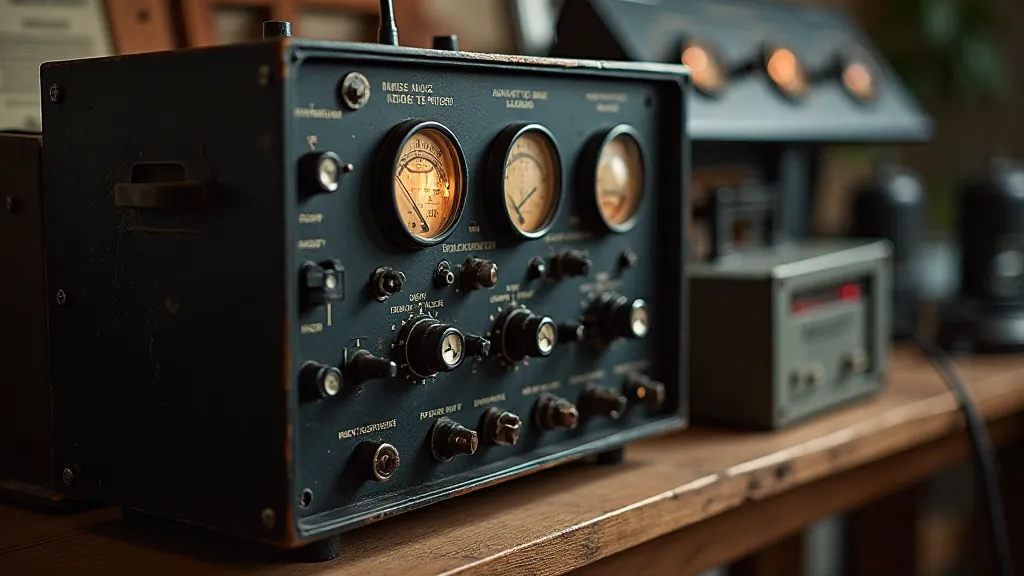
Practical Applications: Where Matching Matters Most
While matching is beneficial in virtually any tube-based audio circuit, it's particularly crucial in certain areas of a vintage radio. The driver stage, responsible for delivering a strong signal to the power tubes, and the tone or equalizer stages, which shape the frequency response, are prime candidates for matched sets. Mismatched tubes in these critical sections can lead to uneven frequency response, distortion, and an overall lack of clarity.
Power tubes, the workhorses of the audio amplification chain, also benefit from matching. While it’s not always essential to perfectly match all power tubes, ensuring that the pairs within a push-pull amplifier are reasonably balanced can significantly reduce hum and distortion. Even a slight imbalance can manifest as a noticeable “pull” towards one speaker or the other.
Beyond the Numbers: Listening is Key
Ultimately, the best way to determine if a set of tubes is a good match is to listen. After replacing the tubes and before permanently installing them, connect the radio to a speaker and play a variety of music. Pay close attention to the overall balance, clarity, and presence of distortion. Does the soundstage feel spacious? Are the instruments distinct and well-defined? Does the radio evoke the feeling of listening to music through a high-quality, meticulously crafted piece of equipment?
Don’t be afraid to experiment. Tube rolling, the practice of swapping out tubes to achieve different sonic characteristics, is a common hobby among vintage radio enthusiasts. It’s a way to personalize the radio and explore the subtle nuances of different tube types.

The Enduring Legacy of Craftsmanship
Restoring a vintage radio is more than just a technical exercise; it’s a connection to the past, a celebration of craftsmanship, and a rediscovery of the beauty of analog technology. By taking the time to carefully match the tubes, you’re not just fixing a radio; you’re honoring the intentions of the designers and bringing a piece of history back to life. You're revealing the geometry of resonance - the harmonious interplay of components that define its unique and irreplaceable voice.

